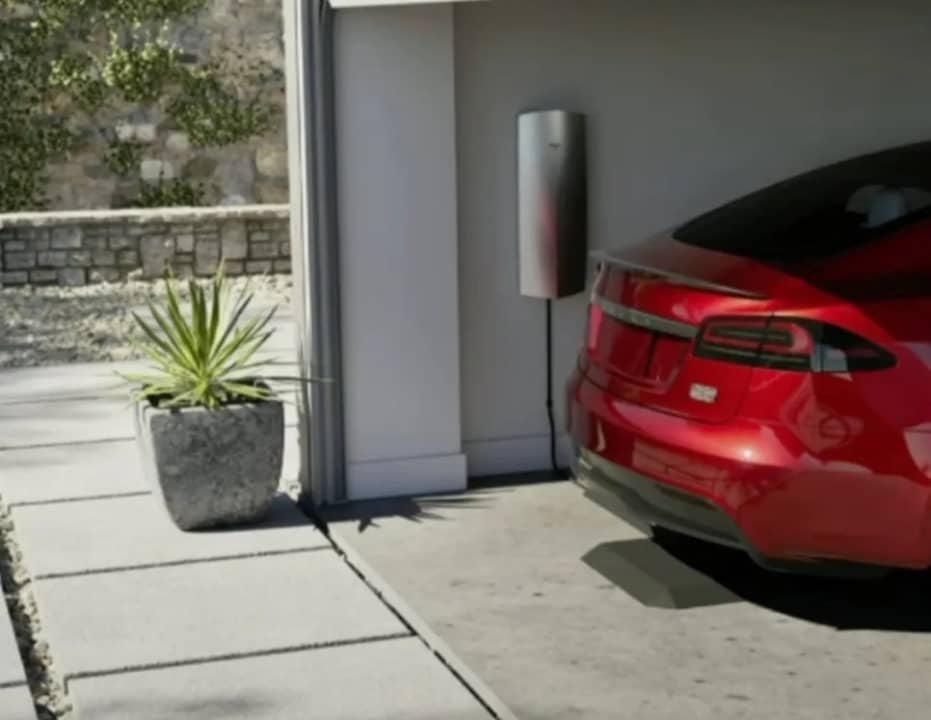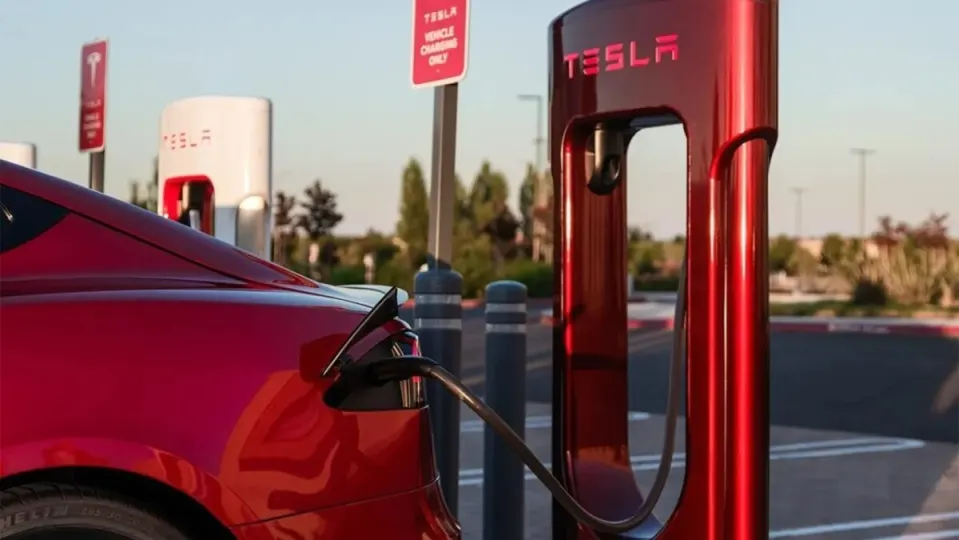Tesla seems to have accidentally confirmed that they are working on a technology that will allow future Tesla models to be wirelessly charged, using inductive technology.
Instead of making the announcement through a press release, the information was subtly dropped in an interview with Jay Leno (via Electrek), in which Tesla’s chief designer, Franz von Holzhausen, told the former Tonight Show host: “We are working on inductive charging. At that point, you don’t even need to plug anything in. You just drive over the pad in your garage and start charging.”
This leak seems to corroborate previous mentions of said technology. Speculations about wireless charging arose when Tesla teased a charging platform during its Investor Day in March of this year.
An image of a Tesla parked on a mat in a garage appeared on the screen, as well as an image of the company’s upcoming Diner project in California.
If we connect the dots, it seems that Tesla is considering installing inductive charging at its next leisure destination, which makes sense considering that the cars that come to the Drive-in Supercharger station will be parked for several hours.
A really bad idea, from an efficiency standpoint
As with many of Tesla’s “revolutionary” technologies, it is not the first time we have seen them applied to the world of automobiles. BMW announced its Wireless Charging Pilot Program back in 2018.
That being said, there have been a number of issues that have hindered the widespread adoption of wireless inductive technology so far. Unlike smartphones, which are easy to position for wireless charging, electric vehicles have to be parked with utmost precision.

Secondly, vehicles must be equipped with a secondary component to allow wireless charging, which adds additional weight that, in turn, drastically affects the proposed autonomy of an electric vehicle.
Finally, the charging speeds are unfortunately slow, as BMW’s innovation only reaches 3.2 kW. That’s fine for an extended overnight charge in a garage, but it’s not suitable for public charging.
Taking this into account, is it really so difficult to grab a physical cable and plug it in? It seems that Tesla thinks so, and it is likely that they will charge a small fortune for offering this technology as an optional extra when it finally goes on sale. And we’re not talking about the energy lost when transmitting it wirelessly.


